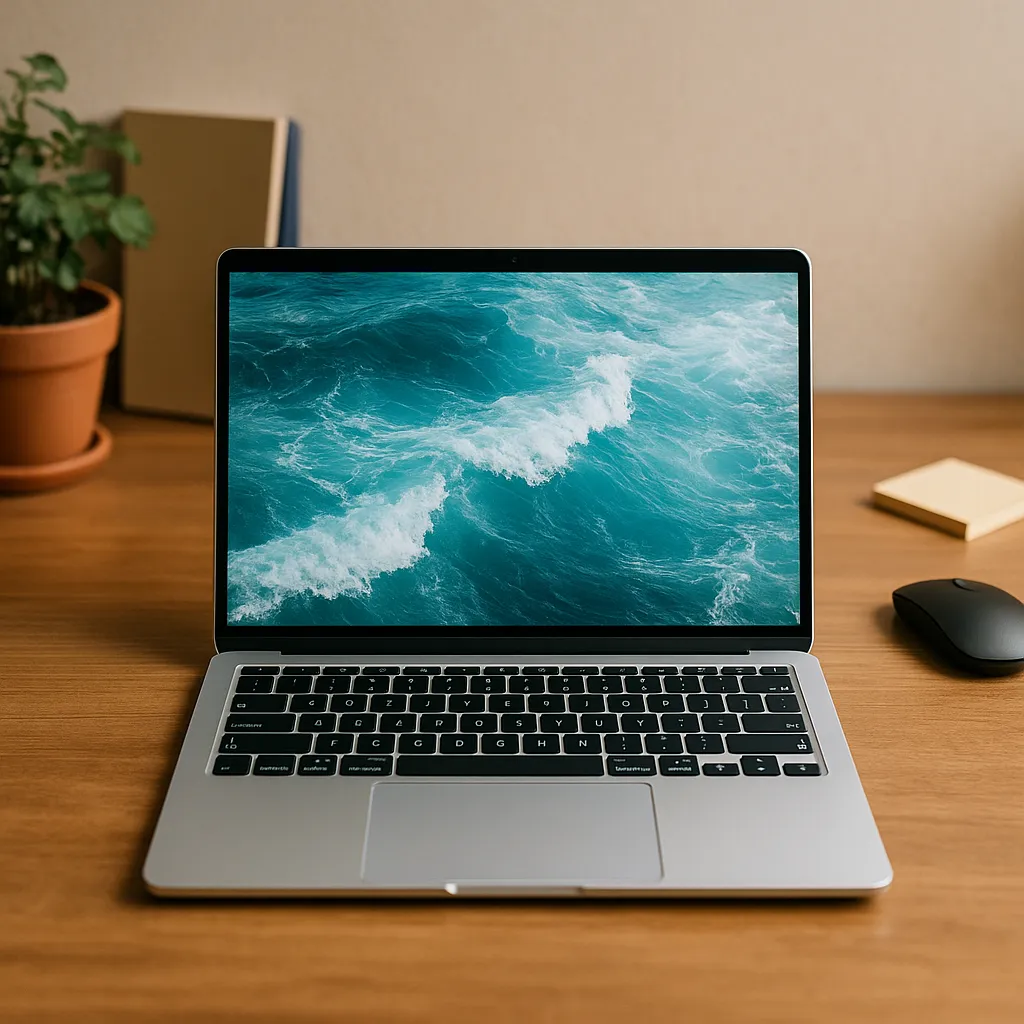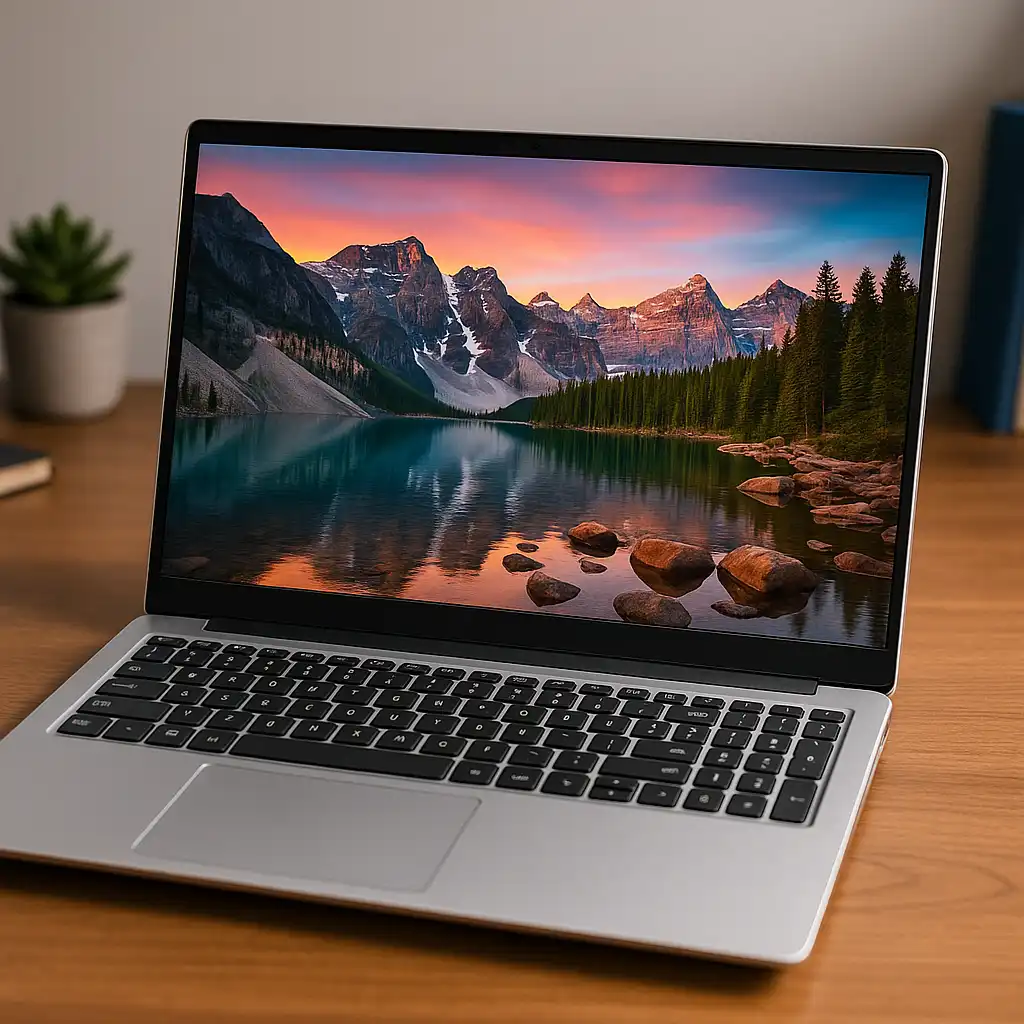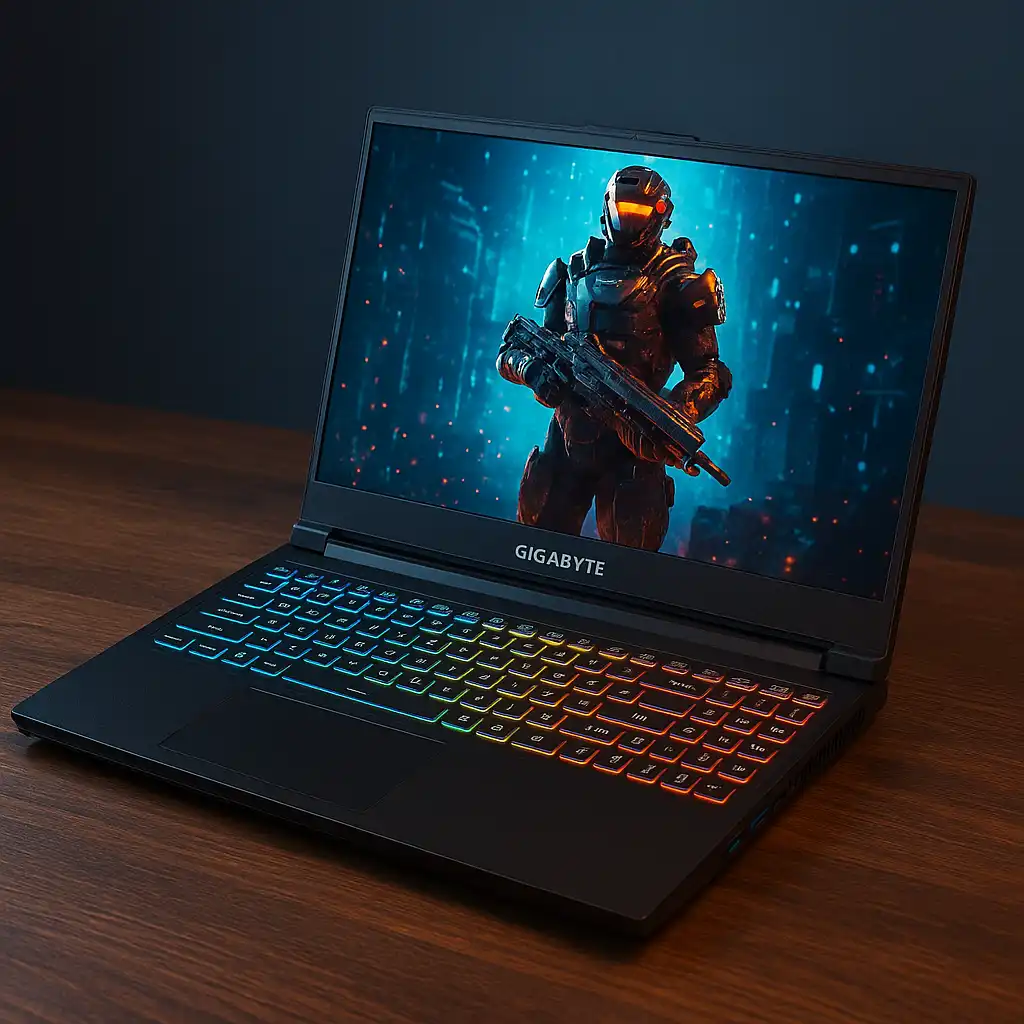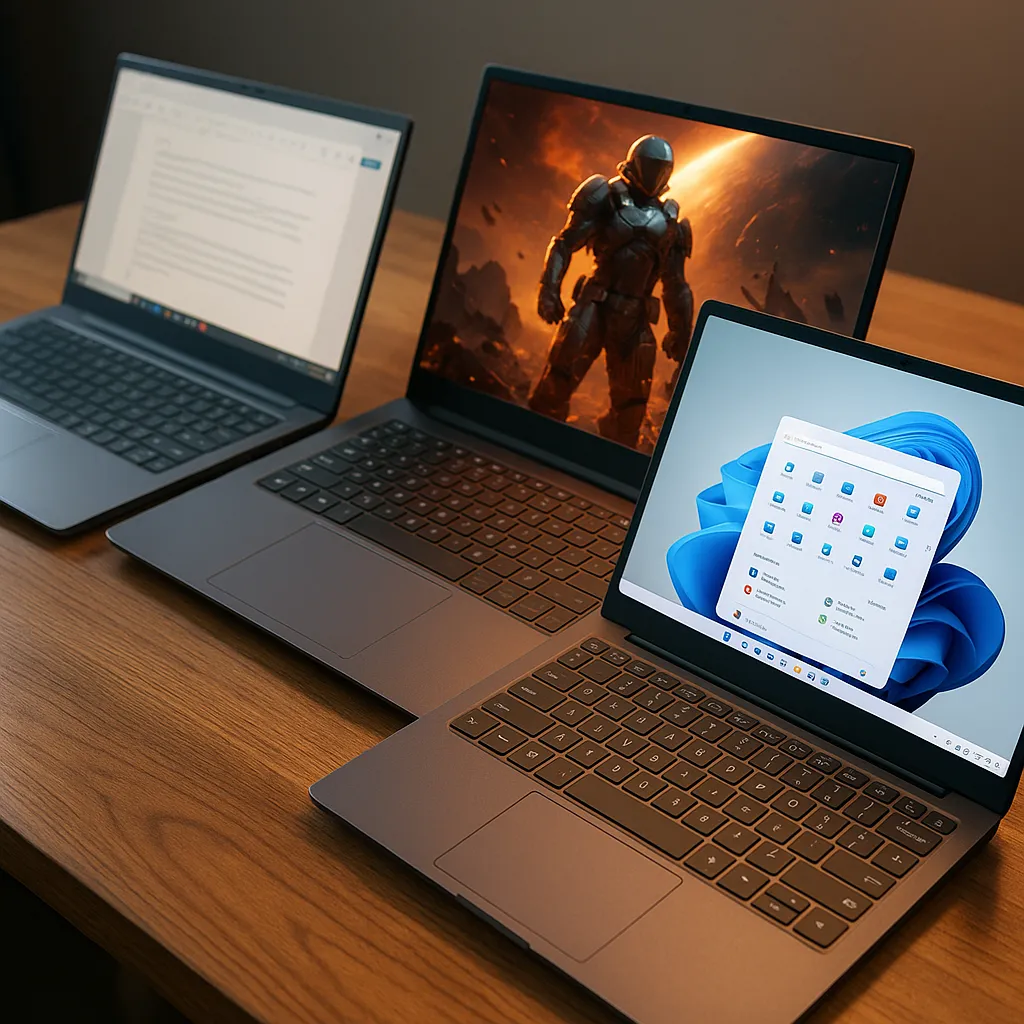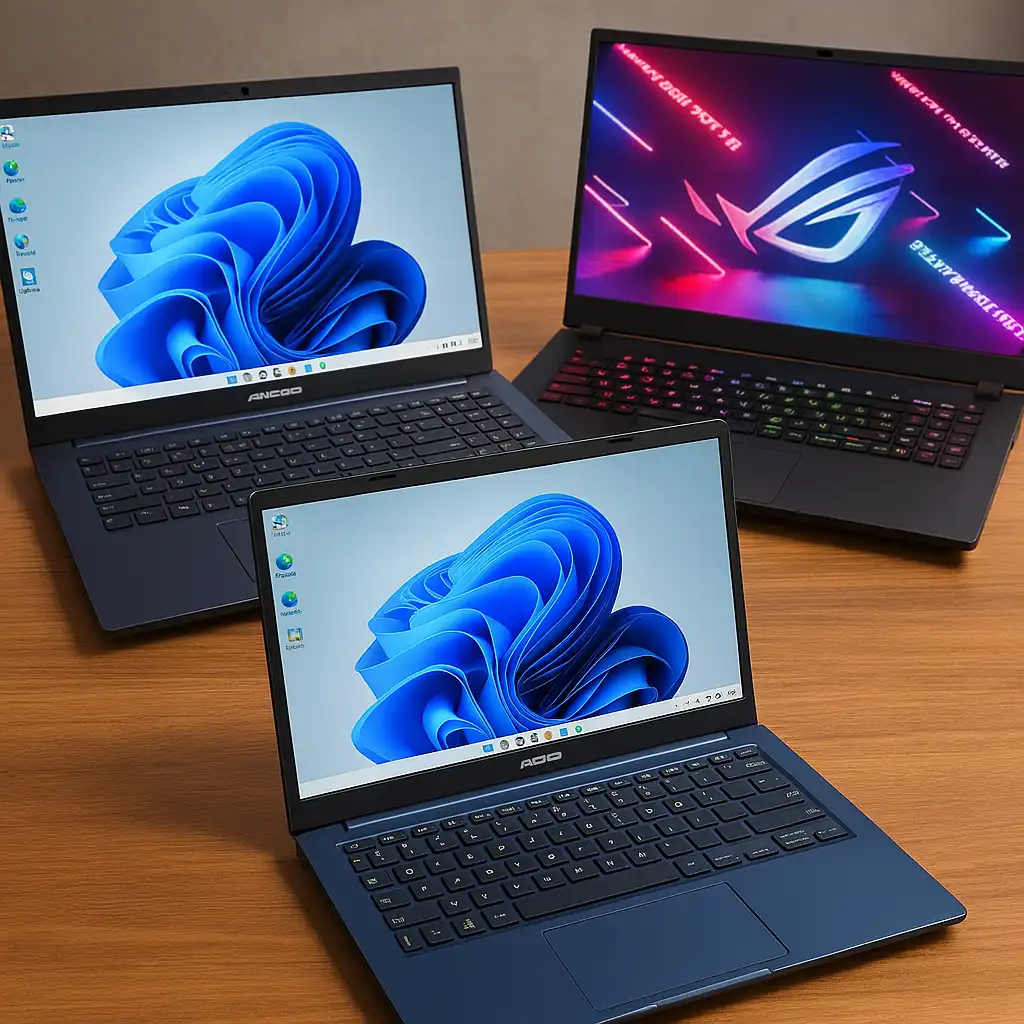Is Jumper a Good Laptop for Work? Performance, Usability, and What to Expect
Disclosure: This post contains affiliate links. LaptopVoyager.com participates in the Amazon Associates Program and may earn commissions on qualifying purchases, at no extra cost to you.
Jumper laptops have been gaining attention as affordable options for students, remote workers, and casual users. Their biggest draw? Competitive pricing with enough specs to cover basic productivity tasks. But price alone doesn’t make a laptop worth it—especially if you’re depending on it for everyday work.
Can It Handle Multitasking?
Most Jumper laptops come with Intel Celeron or N-series processors, paired with 8GB to 12GB of RAM. That’s enough for tasks like:
- Writing in Google Docs
- Joining Zoom meetings
- Browsing with a few tabs open
- Streaming music or videos in the background
Push beyond that—say, running design software or editing large spreadsheets—and things can start to slow down. These machines aren’t made for heavy-duty multitasking, but they’re fine for lighter workflows.
What’s the Build Quality Like?
Surprisingly, Jumper laptops don’t feel as cheap as you might expect.
Many models have a slim, lightweight build with full HD screens between 14 and 16 inches. That makes them easy to carry around while still offering a decent workspace. Users often note that the display is bright and sharp enough for basic use, though not on par with higher-end devices.
The keyboard and trackpad are functional, if a bit plain. If you’re working long hours, you might prefer adding an external keyboard or mouse—but for casual use, they’re just fine.
How’s the Battery Life?
This varies a bit by model, but most users report 4–6 hours of battery life with moderate use.
That usually includes working in a browser, typing documents, or doing video calls. While the brand might advertise 8+ hours, real-life numbers tend to be lower—especially if you’re multitasking or keeping the screen brightness up.
If you’re on the move, make sure to bring a charger just in case.
Will It Run the Software You Need?
Most Jumper laptops run on Windows 10 or 11, so you’re covered for everyday tools like:
- Microsoft Office
- Google Workspace
- Zoom and Teams
- Slack or web-based platforms
That said, these laptops aren’t built for high-performance software. If you’re dealing with:
- Video editing
- Graphic design
- Complex Excel workbooks
- Large data or dev tools
—you’ll likely run into limits.
Storage is typically 128GB to 512GB SSD. That’s fine for most users, but if you store large files, it’s smart to use cloud storage or an external drive. Also, port selection is basic, so you may need adapters if you’re connecting extra devices or monitors.
Conclusion
Jumper laptops are a good match for simple, everyday work. They’re great if you just need something for emails, documents, video calls, and web browsing. They’re not built for power users or creative professionals, but they offer great value if you stay within their limits.

